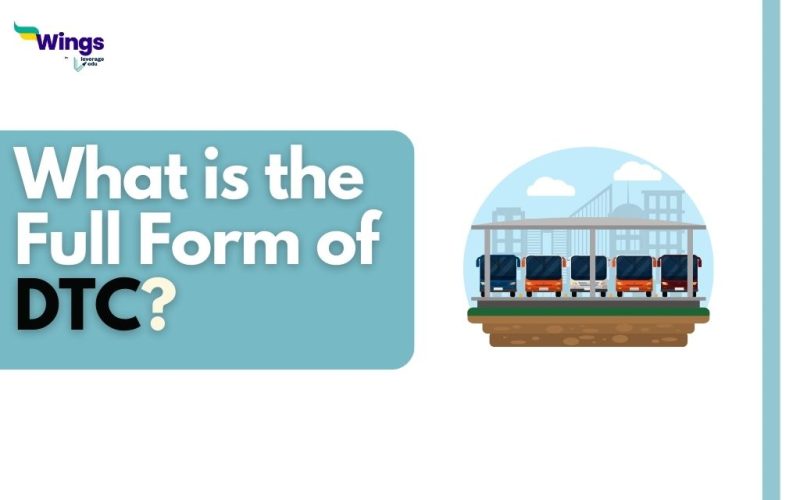The full form of DTC is Delhi Transport Corporation. It was institutionalised in 1971 as Delhi Transportation Unit under the Central Government of India. Further, on the 2nd of November 1971, DTU was changed to DTC. Finally, on the 5th of August 1996, the central government transferred Delhi Transport Corporation to the Government of the National Capital Territory (NCT) of Delhi. This road transport organisation constantly aims to create a fluid and efficient operational system.
Also Read: Career in Transportation Engineering
History of DTC
Table of Contents
To understand the legacy of Delhi Transport Corporation, it is necessary to dwell on the significant events of this organisation. Here is a brief history of DTC:
- In May 1948, the Government of India’s Ministry of Transport assumed control of local bus services in Delhi, naming it the Delhi Transport Service due to dissatisfaction with services provided by Gwalior and Northern India Transport Company Ltd.
- Delhi Road Transport Authority was established under the Road Transport Corporation Act of 1950.
- In April 1958, an Act of Parliament made this Authority a part of the Municipal Corporation of Delhi.
- A Planning Commission’s Working Group suggested that the existing Delhi Transport, an extension of the Municipal Corporation of Delhi, was inefficient and incurred high costs.
- In 1971, the Government of India passed the Delhi Road Transport Laws (Amendment) Act, taking over management from the Municipal Corporation of Delhi.
- On November 2nd, 1971, the assets and liabilities of the former Delhi Transport Undertaking (DTU) were transferred, leading to the establishment of the Delhi Transport Corporation (DTC).
Also Read: Know All About Highway Engineering
Objectives of DTC
As per section 22 of the Road Transport Corporation Act of 1950, DTC has the following objectives:
- To promote and offer an efficiently coordinated, budget-friendly, and reliable road transport system in Delhi NCR.
- Act on the principles of business while achieving the road transportation system.
- To obtain an efficient operational system.
- To achieve a self-sufficient road transport system
- To provide transportation at pocket-friendly cost. The fares should not exceed the limits mentioned in Section 43 (1)(i) under the Motor Vehicle Act (MVA) of 1939.
Also Read: What is Transportation Engineering?
This was all about DTC full form. Visit our Full Form Page to discover more intriguing articles about full forms. You can also check out the consolidated 300+ full forms list!
 One app for all your study abroad needs
One app for all your study abroad needs













